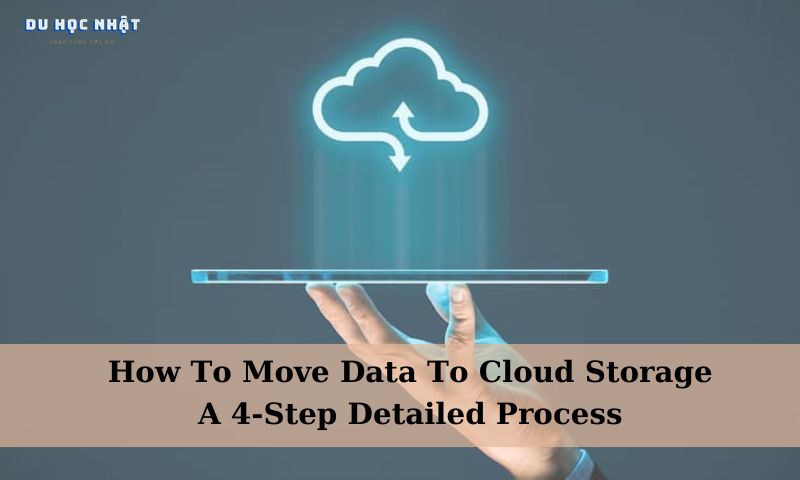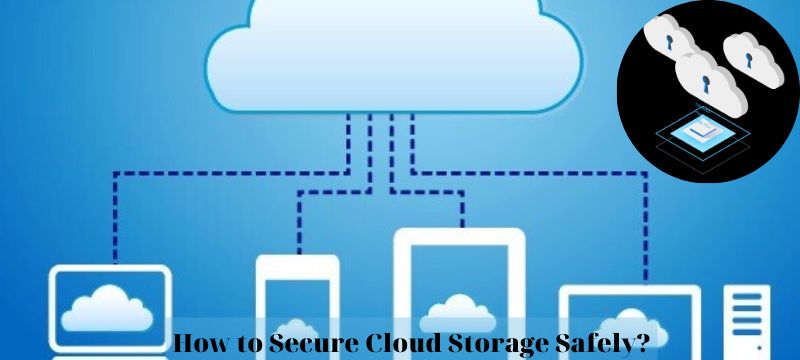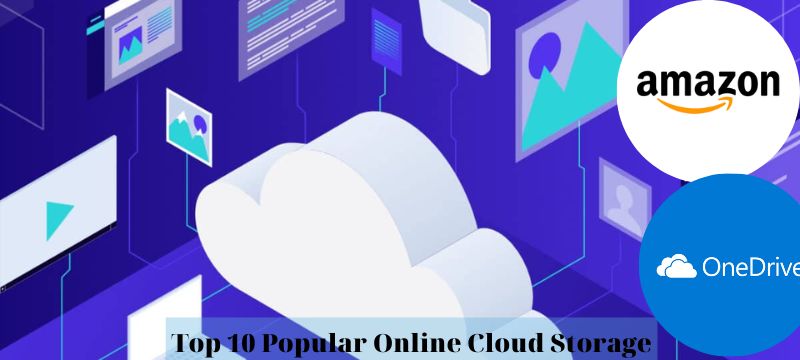In the current digital era, Cloud Solution For Application has risen in importance for businesses of all kinds. Businesses may streamline their operations and increase productivity by working with cloud service suppliers for their computing needs.
One of the key components of cloud computing is cloud applications. Nevertheless, what exactly is a cloud application? In this essay, duhocnhat.org.vn will go deeper into the concept of cloud applications and look at how they may benefit businesses of all sizes.
What is a Cloud Solution For Application?

A software program that combines local and cloud-based components is known as a cloud application. The traditional location of cloud application servers is a distant data center run by a third-party cloud-based infrastructure provider. Email, file sharing and storage, order input, word processing, inventory management, data collection, customer relationship management (CRM), and financial accounting functions are all examples of jobs that may be performed with cloud-based applications.
How does Cloud Solution For Application function?
In a remote data center that is normally run by a different company, computations are performed and data is stored. Cloud applications offer quick responsiveness and lack the ability to stay on the local device forever. They can be upgraded online yet still work offline.
Cloud applications don’t always use up storage space on a connected device or computer, even when they are constantly under control. A well-written cloud application provides all the interaction of a desktop application and the portability of a web application, presuming a sufficiently fast internet connection.
Cloud applications and web applications
With the advancement of remote computing technology, the boundary between cloud apps and web apps has grown less pronounced. Many application providers now refer to any products with an online component as “cloud applications” as a result of the term’s popularity.
Cloud apps vs. desktop apps
Desktop programs require a specific version of every operating system because they are platform-specific. Multiple versions complicate version control, testing, and support while also lengthening and increasing the cost of development. On the other hand, cloud applications are platform agnostic and accessible through a variety of devices as well as operating systems, resulting in substantial savings in costs.
A desktop application requires separate installations for each of its devices. Because an upgrade cannot be forced every time a new version is released, it is challenging to have all users utilize the same version. The requirement to offer support for many versions at once may be onerous for tech support. Because users may only access and use the current version, cloud applications are free of version control issues.
Pros And Cons Of Cloud Solution For Application

Pros of Cloud Solution For Application
Cost savings – With little to no upfront investment in IT infrastructure, cloud application deployment can be completed in a timely manner. Organizations avoid not only the cost of purchasing servers along with additional equipment, but also the costs connected with its administration, use of power, cooling, and maintenance. Additionally, cloud services typically provide flexible pricing plans, allowing companies to only pay for the capacity and storage they really utilize.
Reliability – Cloud service providers are equipped with the necessary infrastructure to ensure high levels of service uptime and accessibility for your applications, including quickly accessible backup servers in the event of an unanticipated service disruption. Your service provider, not you, is in charge of fixing the system when it malfunctions.
Streamlining the administration of cloud applications and services distributed across various cloud environments is now possible for enterprises with the help of cloud management platform (CMP) solutions. CMPs employ a wide range of APIs to gather data from the cloud environment as a whole and feed it into a centralized system that allows an IT department to easily keep track of performance, security, and compliance.
Cons of Cloud Solution For Application
Downtime – To access an application that has been installed in the cloud, a working internet connection is necessary. Therefore, a sudden internet outage could seriously impact a business by preventing access to cloud apps. There may occasionally be technical issues with cloud service providers, during which all of your data and applications would be unavailable.
Control is a key concession that businesses make in exchange for the cost reductions provided by cloud application deployment restrictions. Because the cloud service provider owns, manages, and operates cloud infrastructure, the company has no meaningful control over back-end technology. Because of this, cloud application deployment is the best option for businesses that just want to manage their IT infrastructure in terms of services, data, and apps.
Security: As firms install more cloud apps, it becomes increasingly challenging to regularly check the IT infrastructure’s security status and make sure that no vulnerabilities exist that may be exploited by hackers. IT firms can collect data from cloud-based apps and utilize it to continuously monitor risks to security and weaknesses thanks to cloud management solutions like Sumo Logic.
Conclusion
The Cloud Solution For Application offers many beneficial advantages to businesses, such as increased accessibility of the finished product, lower development costs, a new level of standardization, and scaling opportunities. As a result, cloud application as a service is a hot topic. However, you can’t always rely on your cloud service provider, so make a prudent choice and turn to businesses with a solid reputation.





